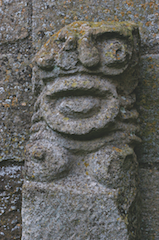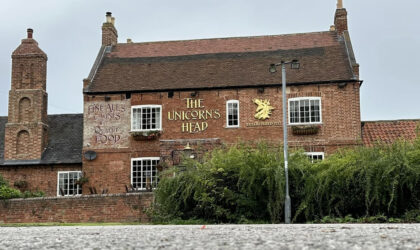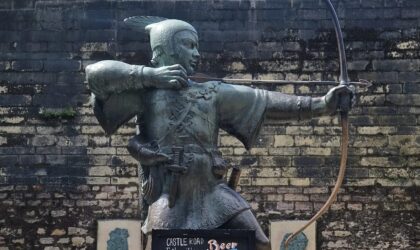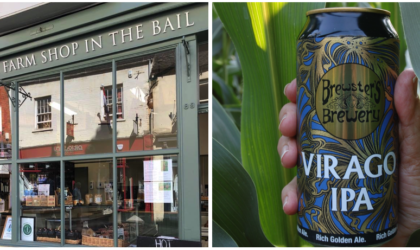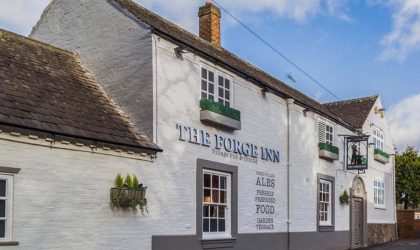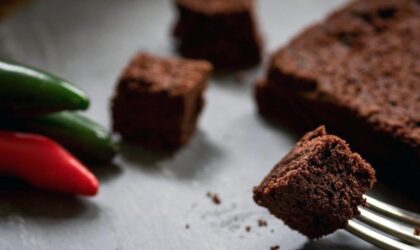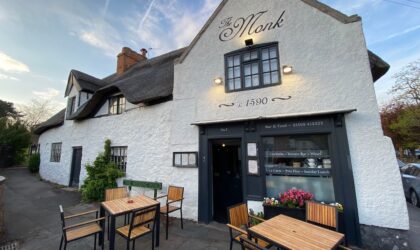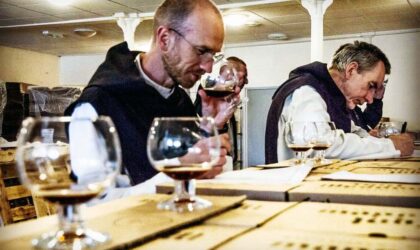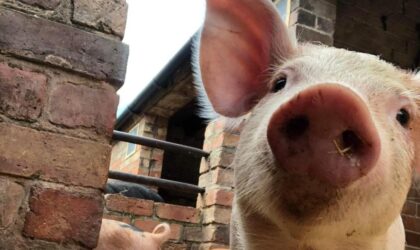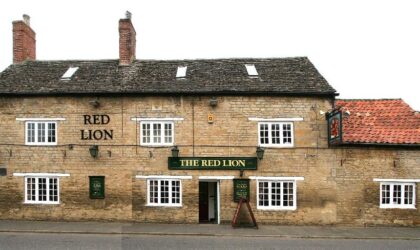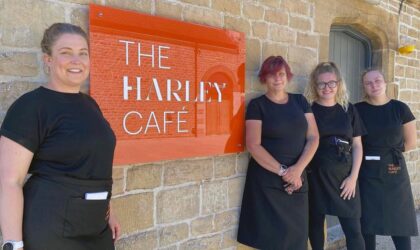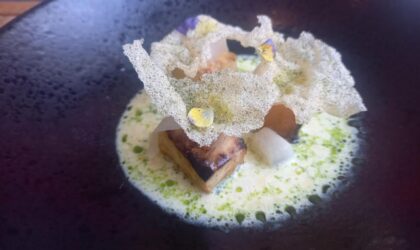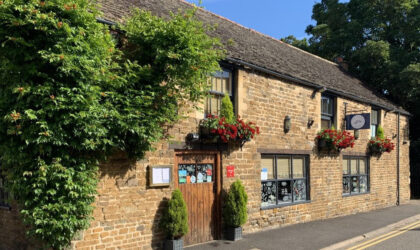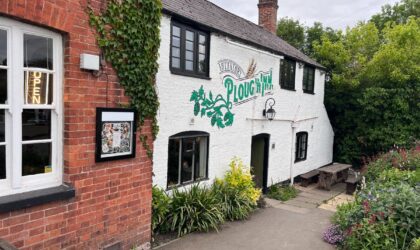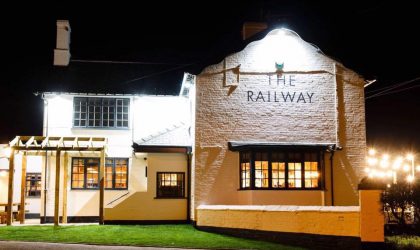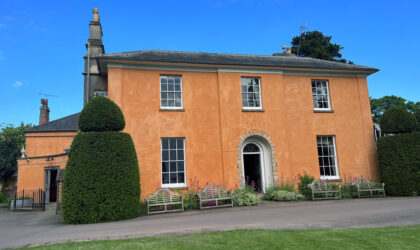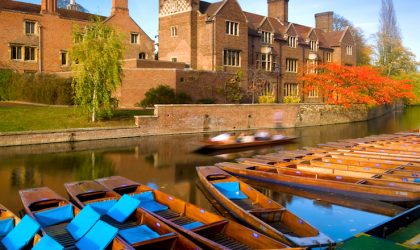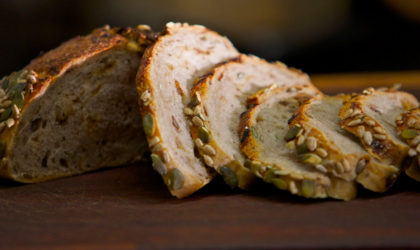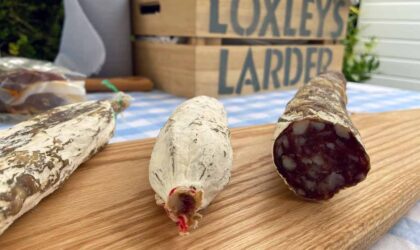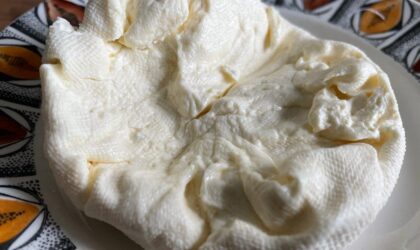Pub walk: Braunston in Rutland four-miler
Visiting Braunston-in-Rutland can put you into a bit of a daze. Strolling past its beautiful old stone houses and crossing the meandering river Gwash, you find yourself in a state of happy relaxation.
Many of the village’s cottages exude the warm glow of Northamptonshire ironstone and one farmhouse displays masonry dated 1604. Medieval All Saints’ is a charming but unusual-looking church, with a clock that appears to have been slapped on to its small tower by someone in quite a hurry.
It’s only when your mobile phone rings that you realise you haven’t actually stepped back in time. And as a 4×4 brings you further back to reality, your mind turns to the 21st century and the prospect of a restorative meal and drink.
Happily, Braunston-in-Rutland has two pubs – The Blue Ball, a smart, idyllic-looking thatched 17th century hostelry, and The Old Plough Inn. Both are on hand to supply beverages, stiff or otherwise, and a good selection of food.
But first, get your walking boots on…
___________________________
Walk instructions
Click on the map with walk route to enlarge
1 There’s plenty of on-road parking available in the village, but near the bus stop opposite The Blue Ball is a good place. Head towards All Saints’ front gates and take the path around the church, keeping it on your right.
At the church, don’t forget to look at the Braunston Goddess, an ancient stone carving sitting at the west end of All Saints’ by the base of the tower. Some believe her to be a Saxon fertility goddess, but neither her exact origin nor age is known.
2 Go through the gate on the left just beyond the church, following the yellow footpath arrow. Continue over the next stile, taking the path straight ahead (not left). Cross a footbridge into the next field where you carry straight on, staying close to the hedge on the right. Cross another footbridge.
3 After the footbridge, follow the yellow arrow pointing diagonally to the left and head between two overgrown hedgerows, keeping the tiny stream to your left. Climb a stile into a field and, with the hedge on your left, continue straight on. To the right in the distance you can just see a red brick farmhouse.
4 Continue straight on to the corner of the field (hidden in undergrowth in summer). Here you’ll find a small bridge and stile. Cross them and carry straight on, with the hedge on your left, towards a yellow marker. Go through a metal gate and pass the farmhouse. Bare-legged walkers beware, there are lots of nettles here in the summer.
5 Carry straight on through the field to another yellow marker, walking close to the hedge on your left. At the marker, go over a stile and small wooden bridge. Then take an immediate right, sticking close to hedge on your right, and carry on until you reach a fence. Climb over the fence and into the next field.
6 Now head to the far opposite corner of the field you are in. The most direct route is to head uphill and cross the field diagonally but you can stick to the perimeter if you want. There isn’t an obvious path but don’t worry. In the opposite corner you’ll find a stile beneath a large ash tree. The stile is very well hidden by the tree and other foliage in summer.
7 Go over the stile and bear left uphill towards the hedgeline. Again, there isn’t an obvious path but follow your nose – look for the tree pictured below and aim for that.
8 At the tree you’ll find a gap immediately to its right, where you can pass through the hedge and emerge onto a track. Turn left on the track and carry on until you reach a gate.
9 Go through the gate and turn left to follow the bridleway.
10 Follow the bridleway for about half a mile (this can get very muddy in winter). Eventually you come to a wooden gate on your left. Ignore that gate but go through another gate on your left just a few yards further on.
11 Follow the yellow arrow and head downhill, sticking close to the hedgerow on your right. A footpath appears, which turns into a track, then a lane. Carry on until the lane joins the road. Go downhill along the road and into the village. Before long you’ll see the church and The Blue Ball.
Notes: We’ve done this walk a number of times and believe the instructions to be clear and accurate. However, do take a map – OS Explorer 234 is the one. The walk should take around two hours – give yourself enough time.
___________________________
Braunston in Rutland pubs…
The Blue Ball
Dating back to the 17th-century, The Blue Ball claims to be Rutland’s oldest pub. It’s well-presented inside, with low ceilings, seagrass carpets, open fireplaces, exposed beams, antique furniture and a large dining area. The outside patio area is very pleasant when it’s sunny.
The menu is extensive and The Blue Ball uses local produce when possible, including lamb from nearby Launde Farm and game from local shoots. Sunday roasts are a speciality but bar snacks are available too.
The Blue Ball, 6 Cedar Street, Braunston-in-Rutland, LE15 8QS, www.theblueballbraunston.co.uk, 01572 722135.
___________________________
The Old Plough

A freehouse serving traditional pub food and some real ale (London Pride and Adnams on the last visit), The Old Plough is a good, honest village pub. The pub’s front bar is comfortable and on a recent Saturday night visit was busy with local drinkers.
There’s a conservatory restaurant and when it’s warm you can sit out in the large beer garden or covered outside patio. You can even enjoy a game of petanque on the floodlit playing area. There’s a large car park and accommodation is available.
The Old Plough Inn, 2 Church Street, Braunston-in-Rutland, LE15 8QY, 01572 722714.
___________________________






